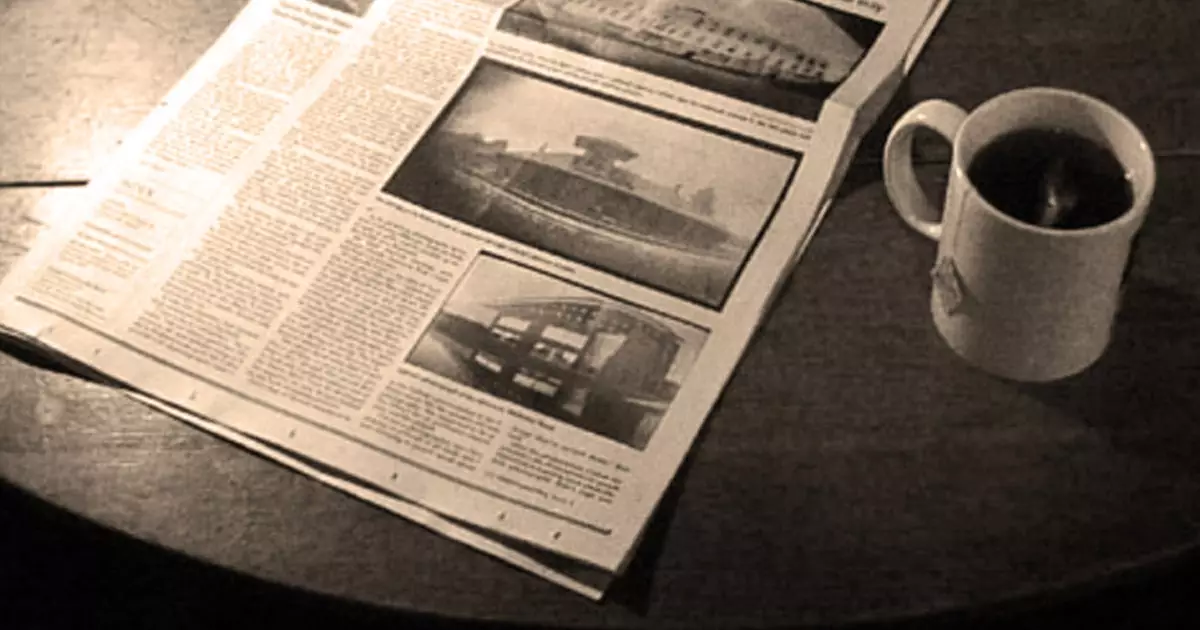Creating demos for big showcases or events in the gaming industry can be a daunting task. The pressure to impress audiences while representing a game that is still in its early stages of development can lead to misleading representations. As highlighted by Luke Plunkett’s interview with an anonymous industry veteran known as ‘Albert,’ the process of showcasing a game through trailers and demos can sometimes be perceived as “100% Grade A Bullshit.” This sentiment resonates with many developers who have been part of projects where external teams were brought in to create trailers that did not align with the actual vision of the game. Such instances can be demoralizing for the development team, as they are forced to make promises they may not be able to deliver on in the final product.
Jay Castello’s exploration of Supergiant’s game, Pyre, sheds light on the intricate design of game environments that go beyond the traditional notion of levels filled with enemies. Unlike the typical labyrinthine structures found in many games, Pyre’s Downside offers a world rich in narrative depth and emotional resonance. The diverse landscapes and characters within Pyre create a sense of immersion and purpose for players, making the game more than just a series of challenges to overcome. The attention to detail in crafting environments that reflect the characters’ journey adds a layer of significance to the player’s experience, highlighting the importance of world-building in game design.
Keith Stuart’s interview with enthusiasts recreating the PDP-10 mainframe computer, the platform on which the iconic game SpaceWar! was developed, showcases the dedication to preserving gaming history. The meticulous attention to detail in replicating the functionality of the original mainframe, down to the flickering lights that indicate CPU signals and memory contents, demonstrates a deep respect for the roots of gaming technology. The effort put into simulating the original machine’s features, such as the glow of incandescent lamps, showcases a commitment to authenticity that is seldom seen in modern gaming projects. Through this initiative, the pioneers of gaming technology are honored, and their contributions to the industry are preserved for future generations.
House Of The Dragon, a beloved series among fans, is making a return with its second season. The anticipation for the new season is palpable, as audiences eagerly await the continuation of the captivating storyline. Despite any reservations fans may have, giving the series a chance may prove to be a rewarding experience. For those looking to catch up on the series, recap videos can offer a quick and informative overview of past events, setting the stage for the upcoming season. Additionally, exploring topics such as the depiction of Middle-Eastern culture in video game music can provide valuable insights into the intersection of art and representation in gaming.
In a world where creativity knows no bounds, the video game industry continues to push the envelope with innovative concepts and engaging gameplay experiences. From exploring the contrast between traditional desert level music and authentic Middle-Eastern music to the release of experimental games like FromSoft Word, there is a wealth of diverse content waiting to be discovered. As players immerse themselves in new worlds and narratives, they contribute to the ever-evolving landscape of gaming, shaping the future of interactive entertainment. By embracing a spirit of curiosity and open-mindedness, gamers can unlock the full potential of the medium, transcending conventional boundaries and exploring new horizons in the world of gaming.


Leave a Reply